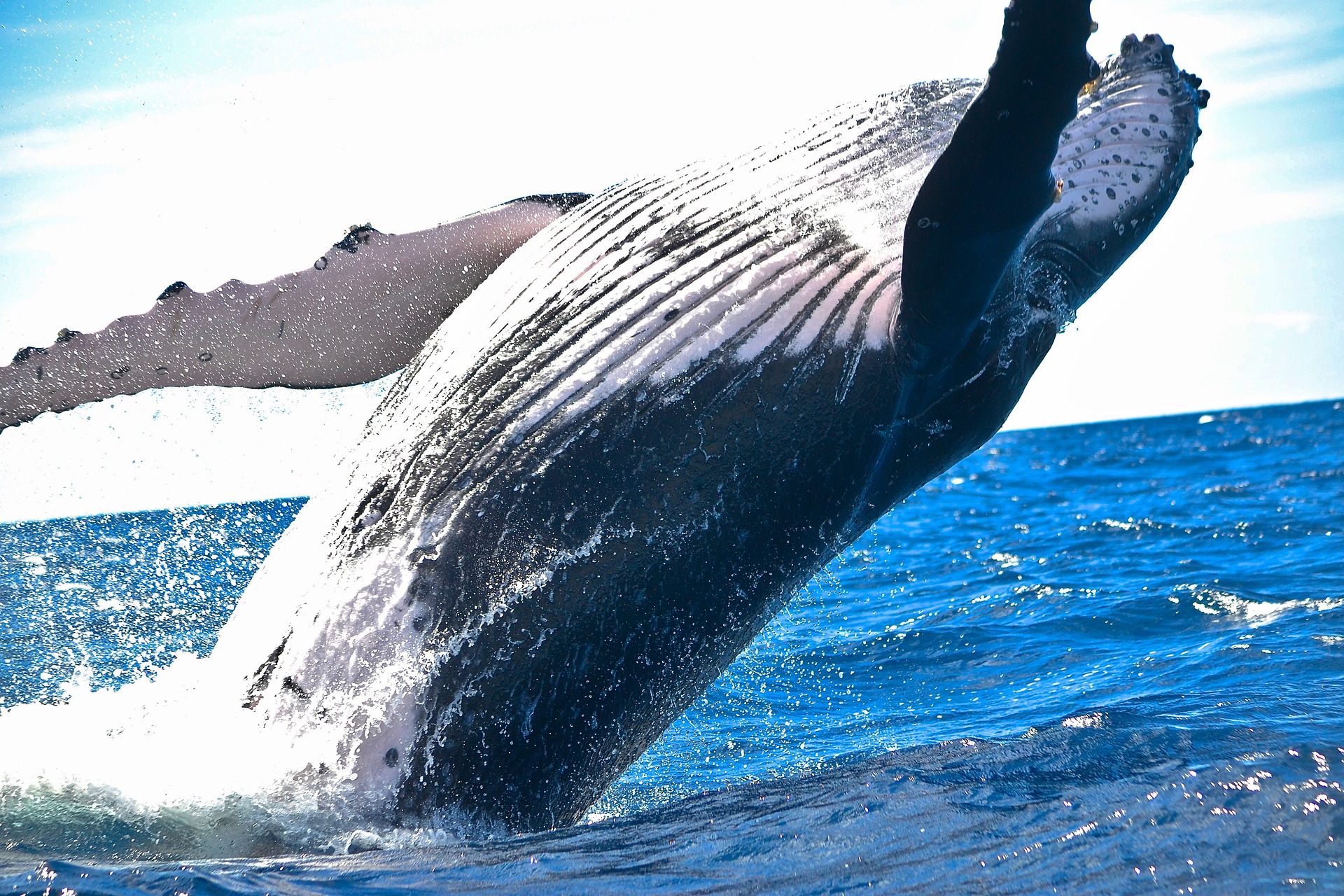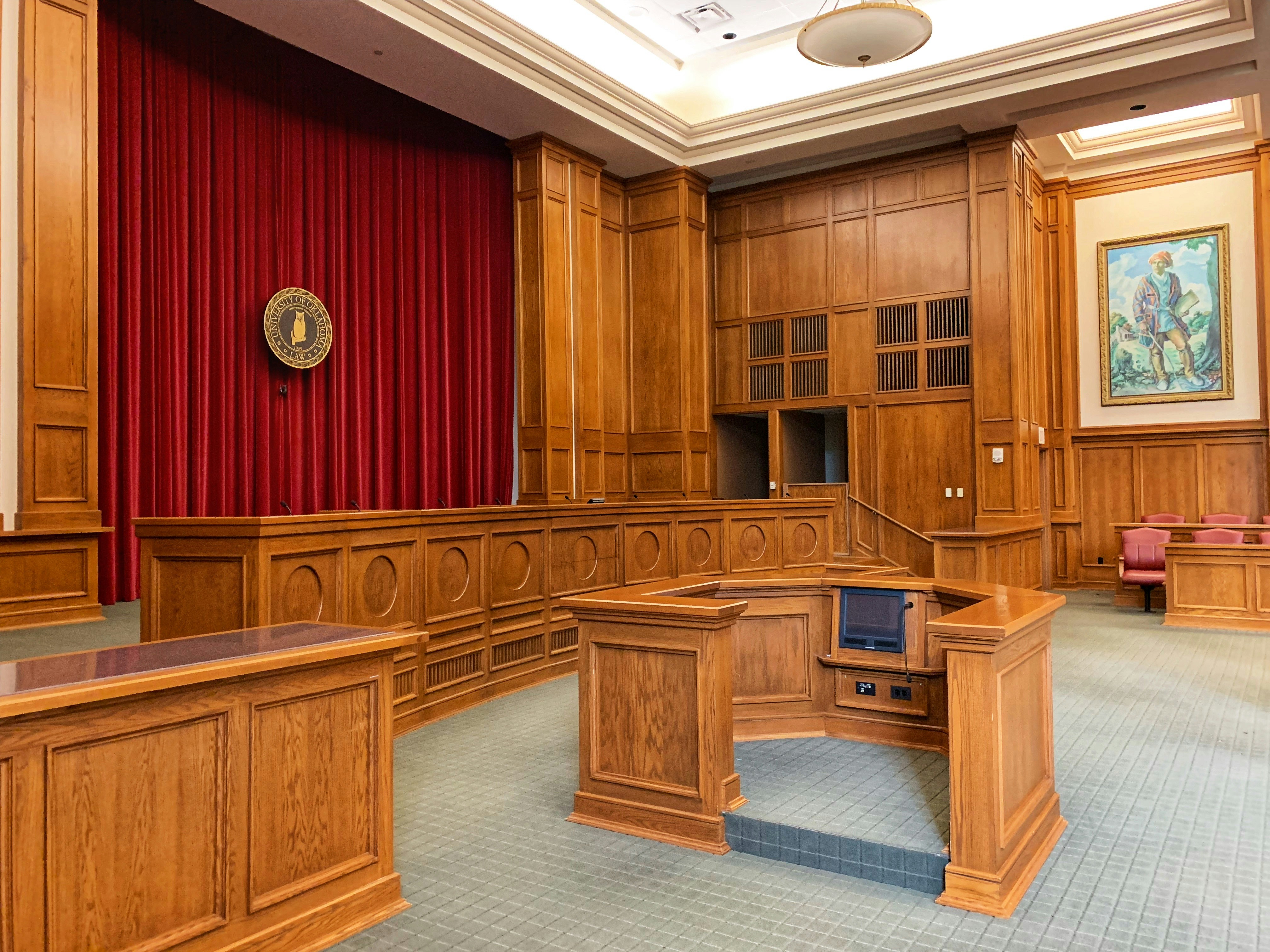A Deeper Dive into Marine Animal Rehabilitation
Introduction: Marine animals face a multitude of threats from pollution to climate change, leading to an increased need for rehabilitation centers. This article delves into the intricate process of marine animal rehabilitation, its challenges, and how it contributes to wildlife conservation.
The Genesis of Marine Animal Rehabilitation
Marine animal rehabilitation has come a long way since its inception. Initially, it was an ad hoc process, often undertaken by individuals or small groups responding to isolated incidents. Over time, as the effects of human activities on marine life became apparent, the need for organized, systematic rehabilitation grew. Today, it has evolved into a professional field involving veterinarians, biologists, and a slew of volunteers dedicated to the cause.
The Rehabilitation Process: From Rescue to Release
The rehabilitation process is a complex one, starting with the rescue of injured or sick marine animals. Trained personnel must then diagnose and treat these animals, a task that requires specialized knowledge and skills. Rehabilitation can take weeks or even months, depending on the severity of the condition. The ultimate goal is to release these animals back into the wild, but this isn’t always possible. Some animals, due to the extent of their injuries or illnesses, might have to live out their lives in the care of these centers.
The Challenges Faced
Like any other field, marine animal rehabilitation has its fair share of challenges. These include funding constraints, the logistics of rescuing and caring for large marine animals, and the difficulty of treating diseases or injuries that are not well understood. Additionally, there’s the challenge of ensuring that rehabilitated animals can survive once they are released back into their natural habitats.
The Impact on Conservation
Marine animal rehabilitation plays a crucial role in wildlife conservation. Firstly, it ensures the survival of individual animals, contributing to the overall health of their species. Secondly, the research conducted during the rehabilitation process can provide valuable insights into marine diseases, pollution effects, and other threats. These insights can inform conservation strategies, helping to protect marine life on a broader scale.
A Look at Current Trends
In recent years, there’s been an increase in the use of advanced technology in marine animal rehabilitation. For instance, 3D printing is being used to create prosthetics for injured animals, while drones are employed to track rehabilitated animals post-release. Furthermore, there’s a growing emphasis on public education, with many centers offering programs to raise awareness about marine conservation.
In conclusion, marine animal rehabilitation is a critical component of wildlife conservation efforts. Despite the challenges it faces, the field continues to evolve and innovate, striving to ensure the survival of our precious marine life.






